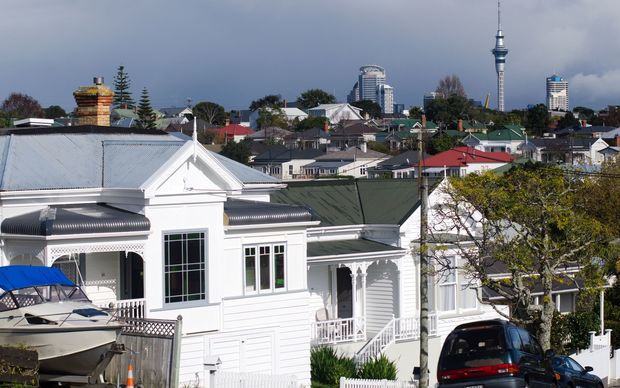PHOTO: Australia House Prices
Australia’s “fizzing” housing market is set to begin cooling in the period ahead as several factors — including strained affordability and likely lending curbs — combine to restrain prices, Westpac Banking Corp. said.
The bank brought forward its forecast property gains for this year to 15%, from 10% previously, to reflect the current surge, while retaining its overall two-year expectation of a 20% increase, according to a research note Monday. It noted that Sydney dwelling prices rose 3.7% last month, with the median property gaining more than A$1,000 ($777) a day
“While we remain bullish on Australia’s housing outlook, we do not expect the red-hot pace of the first few months of 2021 to continue,” said Matthew Hassan, senior economist at Westpac. “The general pattern of dwelling price cycles often sees strong bursts followed by an extended period of flattening.”
Australia’s housing market has been fueled by record low borrowing rates, an improving economic outlook, an under-supply of new houses and government incentives. The first quarter saw a 5.6% jump across the major capital cities, with March posting the biggest increase in 32 years.
Westpac listed four key reasons that the boom could run out of steam:
- Sellers returning: The surge in demand “caught markets on the hop.” Sellers are now coming back strongly, and while new listings can still rely on strong demand, the balance is shifting;
- Affordability: “The air gets pretty thin at these levels, especially for would-be first-time buyers,” Hassan said. The “time to buy a dwelling” index in Westpac’s Consumer Sentiment survey is down almost 20% from a November high. The index has picked “every twist and turn” in the housing market since the early 1970s, usually with a lead of three to six months, according to Hassan;
- Macro-prudential policy: Investors have been subdued to date, but that’s unlikely to continue as prices surge and affordability is stretched. Investors driving even faster credit growth will probably leave regulators uncomfortable; and
- Potential oversupply: Westpac sees this coming into play through 2022, reflecting stalled population growth with immigration stalled during last year’s Covid lockdown, and strong construction in response to government incentives
Hassan noted moderations in Australia’s housing market are historically driven by interest-rate increases. With the central bank trying to rekindle inflation, however, it doesn’t expect to tighten policy until 2024 at the earliest.
“While that will not be a factor this time, we still expect the boom to run out of steam as affordability pressures impact this year and prudential measures come into frame in 2022,” Hassan said.
READ MORE VIA BLOOMBERG
MOST POPULAR
 Auckland real estate agent recreates Bruno Mars hit in viral marketing video | WATCH
Auckland real estate agent recreates Bruno Mars hit in viral marketing video | WATCH Abandoned land for sale
Abandoned land for sale How young couple retired before the age of THIRTY thanks to a ‘lightbulb moment’ that sparked a $23million property empire
How young couple retired before the age of THIRTY thanks to a ‘lightbulb moment’ that sparked a $23million property empire ‘Ploy’ to get more offers in Auckland house sale backfires
‘Ploy’ to get more offers in Auckland house sale backfires Grand Designs New Zealand | Medieval Castle – WATCH
Grand Designs New Zealand | Medieval Castle – WATCH Brother told to pay $1m debt
Brother told to pay $1m debt Harcourts WINS Reader’s Digest Most Trusted Real Estate Brand for 2021
Harcourts WINS Reader’s Digest Most Trusted Real Estate Brand for 2021 Palmerston North hospital upgrade: construction yet to start
Palmerston North hospital upgrade: construction yet to start Melissa Caddick’s parents and husband face being HOMELESS | AUSTRALIA
Melissa Caddick’s parents and husband face being HOMELESS | AUSTRALIA Screws tighten for home buyers in March, prices surge 17.2% | U.S.
Screws tighten for home buyers in March, prices surge 17.2% | U.S.











